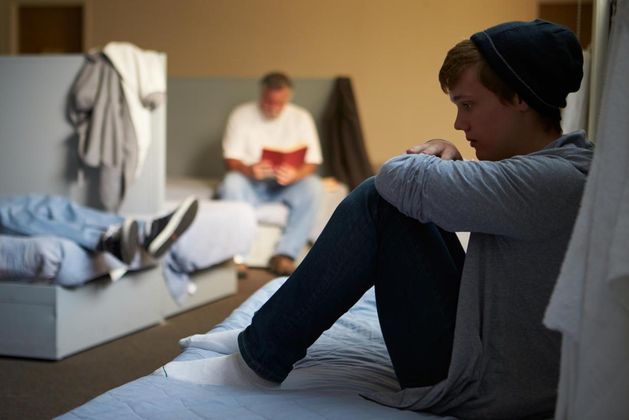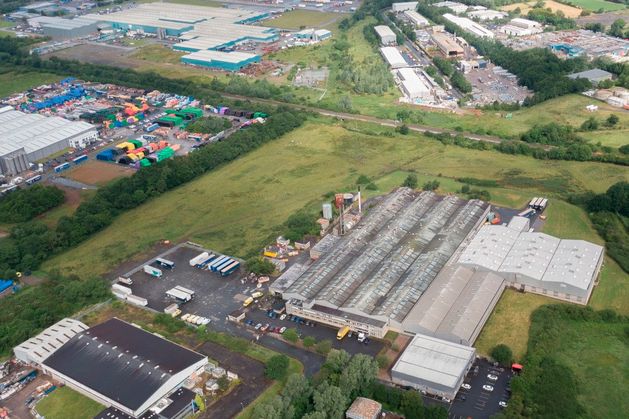Fashion
People sleeping in cars, office buildings and sofas as 30,000 households hit by ‘hidden homelessness’

A new poll commissioned by the Simon Communities of Ireland and Simon Community Northern Ireland has shone a light on the issue of hidden homelessness which it said is a “growing problem” across north and south.
Hidden homelessness refers to those who may be considered homeless, but whose housing situation is not visible on the streets as they tend to sleep in cars, couch surf, or take to squatting in their office.
The research found that 24,000 households in the Republic of Ireland – and a further 8,500 households in Northern Ireland – are currently experiencing the issue of hidden homelessness.
The Ireland Thinks and Lucid Talks poll, which had sample sizes of 1,762 in the Republic of Ireland and 1,050 in Northern Ireland, is set to be the focal point at a conference hosted by the Simon Communities of Ireland and Simon Community Northern Ireland in Dublin today.
Of those polled, 3pc of households in Northern Ireland and 3pc in the Republic reported currently being forced to “live in a variety of situations”, from staying with family and friends to sleeping in their car.
Less than one in 10 (7pc) in the Republic of Ireland and (5pc) in the north reported themselves, or a close family member, as having slept in a car or work van.
This was followed by staying in tents/caravans, which was 6pc in the Republic and 3pc in the north.
Approximately 4pc in the Republic and 2pc in the north said they had slept in a workplace, while 2pc in the north and 4pc in the Republic reported sleeping overnight in a bus station.
Of those surveyed, 3pc in Ireland and 1pc in Northern Ireland reported that they had or were squatting.
Loss of a home from the private rental market was the most common reason for experiencing hidden homelessness, cited by 40pc of people in the Republic and 37pc in the north that were polled.
Surging costs appear to be making the private rental market increasingly inaccessible to those on lower incomes and is seen as a homelessness driver, the Simon Communities said.
Other reasons included loss or reduction in income, loss of employment, loss of an owned or mortgaged home, and exiting an institution (care, hospital, or prison).
The duration of hidden homelessness experienced was noted as “significant” in both jurisdictions.
Eight in 10 (83pc) people in Ireland, and a further seven in 10 (77pc) people surveyed throughout Northern Ireland are having to endure hidden homelessness for a period of six months or longer.
The new data also indicates younger people between 18 to 34-year-olds are more likely to experience hidden homelessness.
Cases of hidden homelessness in the Republic of Ireland involving women are 3pc more prevalent when compared to males. There was no difference reported in Northern Ireland.
Another key difference showed how those dealing with homelessness in the Republic of Ireland were less likely to contact their local housing authorities than those in Northern Ireland.
Wayne Stanley, executive director of Simon Communities of Ireland, said: “What we know, and this poll confirms again, is the fact that a supply of secure affordable homes will allow us to make huge inroads on homelessness.”
Jim Dennison, chief executive of Simon Community NI, said the “valuable research” highlights the “level of emergency” we are facing across the island of Ireland.
“More and more households will be forced into homelessness due to social and economic factors,” he added.
He added that the official figure of over 55,500 people who are homeless in Northern Ireland is stark, but that this doesn’t even include those who are currently experiencing hidden homelessness.
“We would in fact estimate that the true figure is closer to 75,000,” he said.









